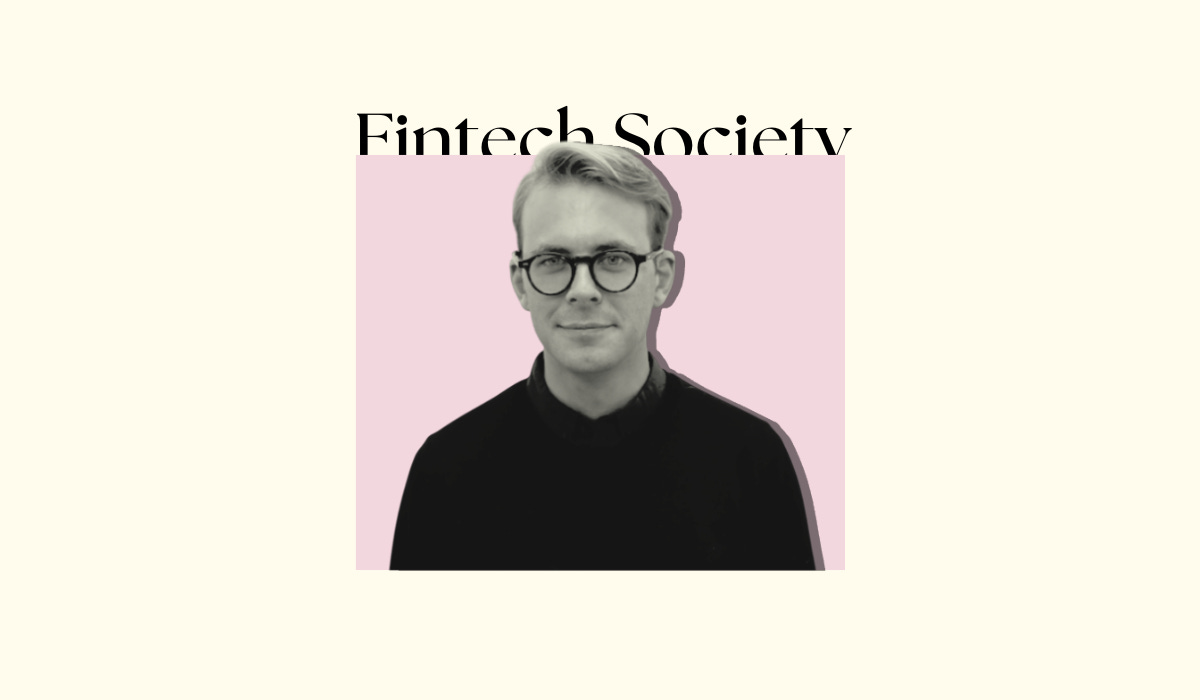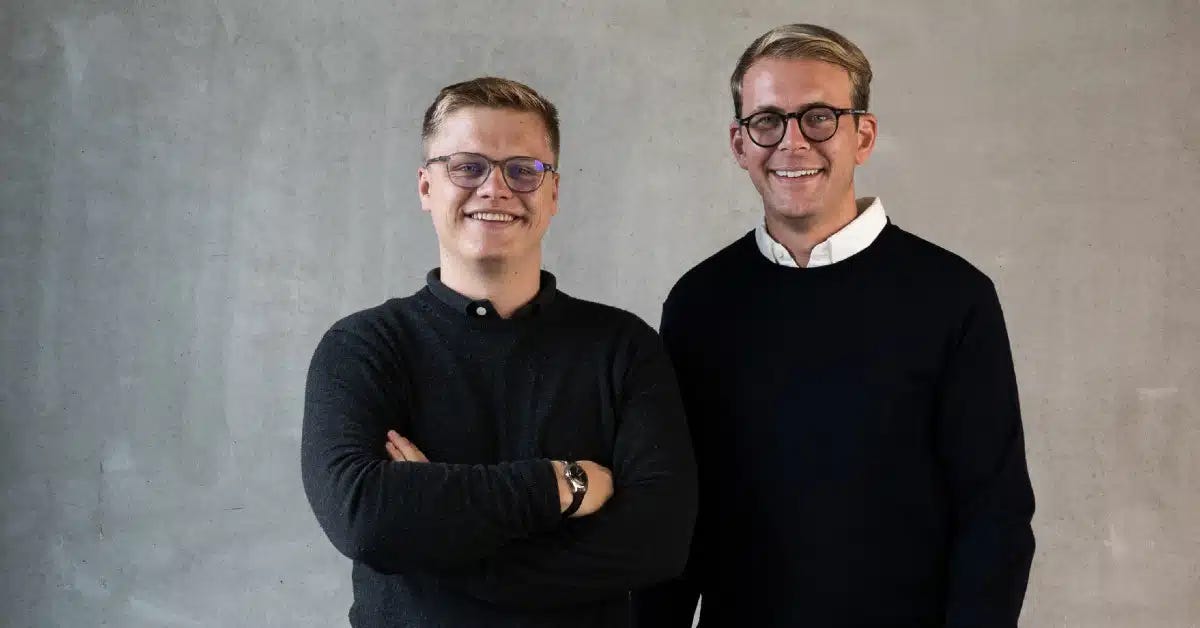Berlin, 2023. Two years after its launch, Briink had reached an important milestone: securing one of the biggest names in its target market at the time — a major fund administrator based in London. But after a few months, the client’s use of Briink’s platform remained sporadic. They weren’t leveraging the solution to address their challenges. A meeting was requested to understand why.
Unfortunately, the meeting never seemed to happen due to constant rescheduling. Each time they reached out, the response was the same: “We’re overwhelmed with client deliverables. There’s just too much to handle right now,” their champion would explain, postponing the conversation by another week, then another month. The frustration was mounting. Each delay felt like a clear signal that their product wasn’t addressing an urgent enough need to warrant attention.
One evening, after receiving yet another email from the client requesting a delay, the founders found themselves sitting in their Berlin office at the Merantix AI Campus. “What are they so busy with?” one of them asked. The answer quickly became apparent. “Whatever it is, it’s consuming their time—time they can’t spend on anything else, including us. Maybe that’s the problem we need to solve.”
***
Briink initially focused on building an end-to-end sustainability reporting platform for asset managers. In 2021, this concept—powered by AI—was quite innovative. Asset managers were still unfamiliar with many of the challenges it addressed, and the team began with a clear assumption: “They’ll need to handle all this reporting, so let’s start by developing the reporting features.” Despite the challenges of entering a new market, Briink successfully attracted major clients such as Coller Capital and Lightrock.
However, a significant problem soon surfaced. The team noticed that their customers weren’t using the platform as often as expected. While it was utilized a few times a year, it wasn’t embedded in their daily workflows because much of the reporting work was cyclical. “Because of this, we weren’t seen as important or valuable enough to be integrated into their day-to-day operations. Ultimately, we weren’t critical enough for them to invest significantly in using Briink,” the team reflected. They discovered that clients were spending an extraordinary amount of time collecting documents, sifting through unstructured data, and verifying information—pain points Briink wasn’t addressing. “We asked ourselves, why aren’t we solving their biggest concern?”
This realization marked a turning point: the product needed to evolve to become indispensable to their customers’ daily operations.
Maybe they’ll pay for that ‘nice-to-have,’ which can make you think you’re on the right track. But if it’s not a pressing need, that’s not enough.
By discussing with Tomas about the importance of being integrated in the day-to-day workflow of their customers, a question was running through my head. For having a very successful product, is it essential to have a solution used daily (or almost) by its customers? Think about your favorite tools, I guess the answer is Yes. “This is also somewhat psychological. The tools you use regularly—whether daily or several times a week—naturally become more valuable to you. Our goal is not just to build another niche tool, but to create an AI system that is deeply integrated within the sustainability teams of the future. To achieve that, you can't afford to be an afterthought. There's no way you can become the central operating system for these teams if you're not truly embedded at the core”. With this realization, the team decided to harness AI to address the critical task of collecting and analyzing unstructured ESG data sources found in documents, which was the client’s main issue.
***
Engaging in such a transformation is never easy. Where do you start? Should you build on your existing product or create something entirely new? How do you bring your customers along for the journey? “We initially called it a tool. We said, let’s build a separate tool they can use. Eventually, that tool became our whole new platform, and we ultimately phased out the old one,” Tomas explained. The next challenge was selling this new vision to existing customers, starting with one or two who were clearly facing the problem they aimed to solve. “For some, the pain point was very clear. For others, it wasn’t—they were more interested in having someone help them with reporting. But we ended up successfully pivoting about 70% of our clients,” he added.
During this period, allocating resources effectively was critical—both in terms of people and product development. When resources are stretched too thin, both products may end up receiving suboptimal attention. The new product might lack critical features or have poor quality due to insufficient focus, while the old product may get overshadowed, leading to customer frustration. In Briink’s case, the team had to pause most of the work on their original product, though they didn’t abandon it entirely. “We still have some clients using it, and they regularly come to us with feature requests. So, we try to devote some capacity to maintaining it,” Tomas shared.
Today, Briink works with over 40 enterprise clients, including some of the world’s largest corporations, funds, and advisory firms. Their slogan, “Automate ESG document workflows with AI,” captures their mission. Briink’s AI-powered tools allow users to upload documents and websites, automatically collect and summarize ESG insights, complete questionnaires, and perform gap analyzes in minutes.
In September, the Berlin-based AI startup announced a €3.85 million seed funding round, co-led by EquityPitcher Ventures and 13books Capital. Existing investors Merantix, seed + speed Ventures, and prominent angel investors also participated.
***
This story is all about Product-Market Fit. Signing a few high-profile clients doesn’t automatically mean you've found it. You need to dig deeper, because PMF is ultimately about usage. “You have to look for the real signals. Are people genuinely eager to buy your product? Is it solving a major pain point for them, or is it just a nice-to-have? Maybe they’ll pay for that ‘nice-to-have,’ which can make you think you’re on the right track. But if it’s not a pressing need, that’s not enough.” If you don’t see these signs, it might be time to reassess your positioning and the problem you’re trying to solve.
If you haven't already, you can:
Discover my ghostwriting services for fintech leaders.
Let me know if you're looking to raise funds by replying to this email.



